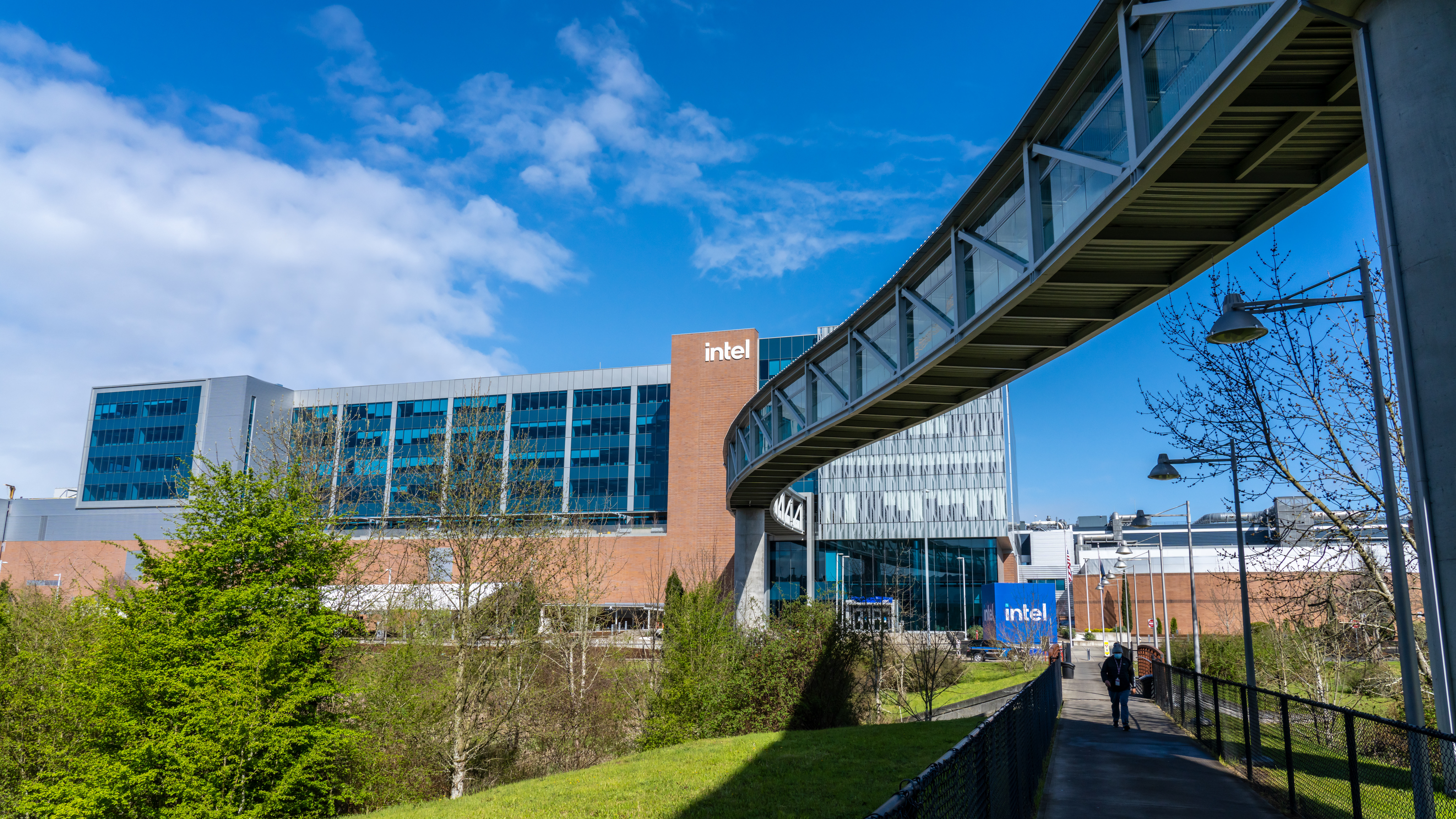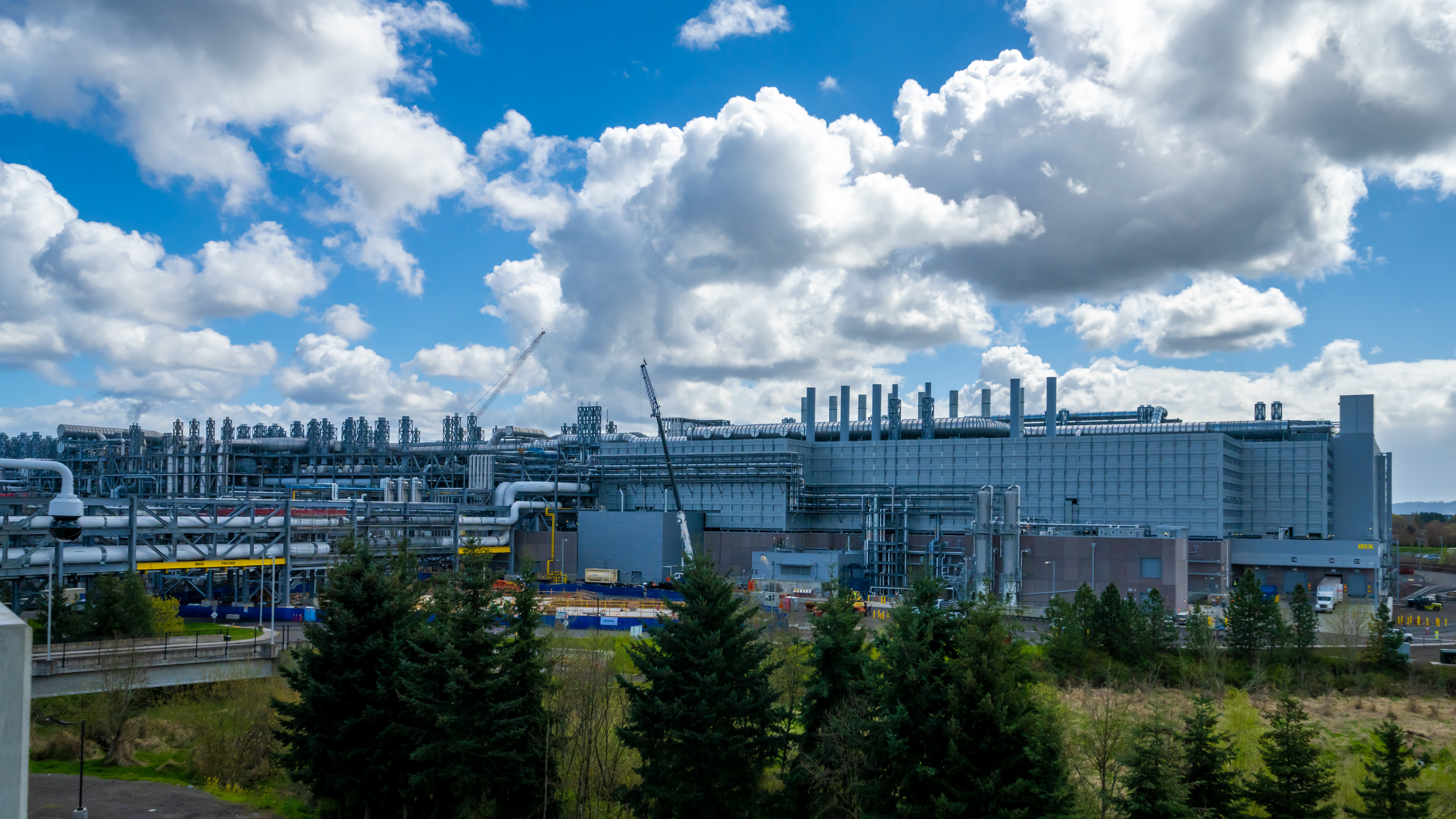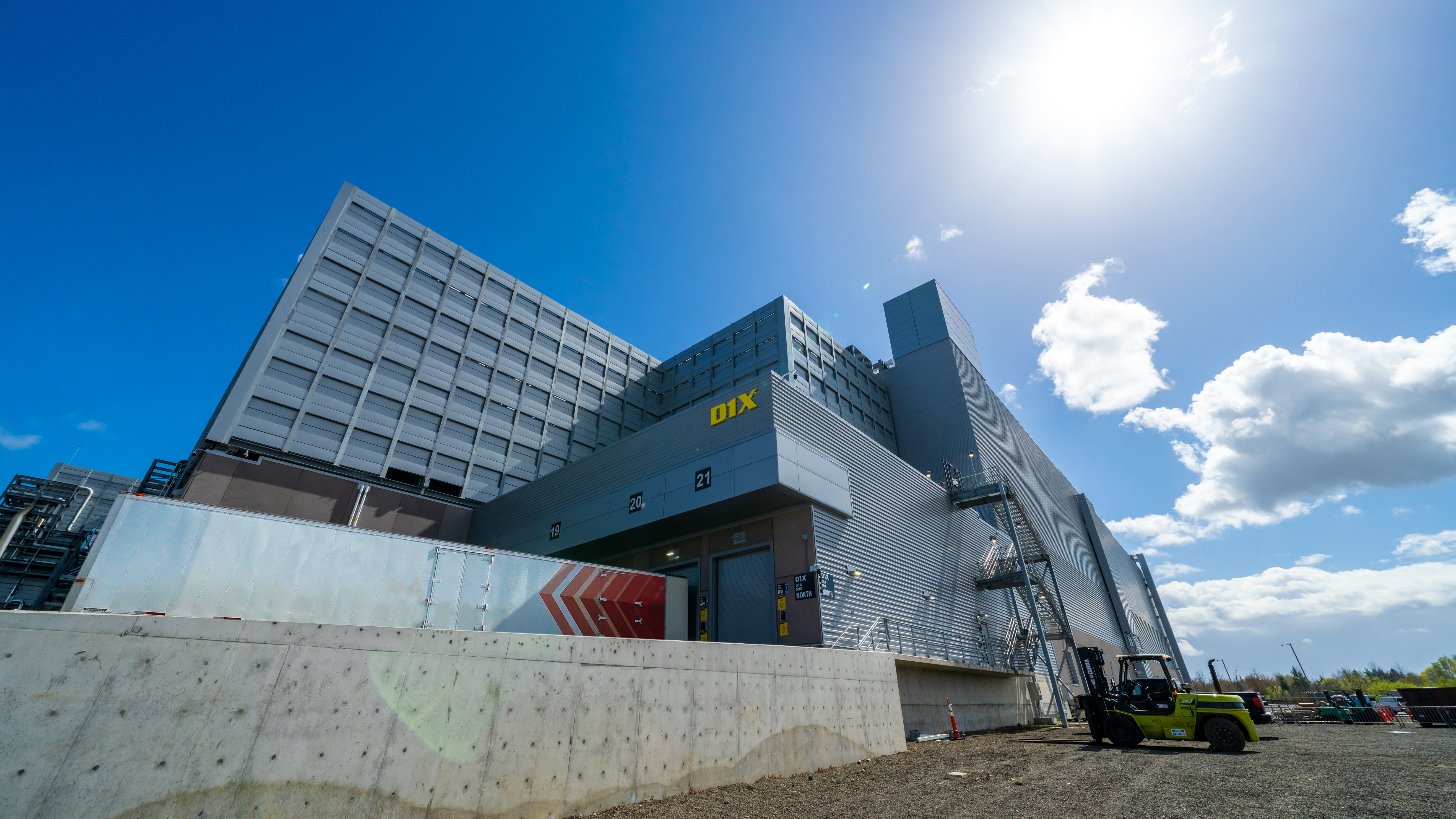Intel opens 270,000 square foot of new fab space to develop next-gen chip tech
Intel's $3B fab expansion is now open for business.

Intel has announced the grand opening of its new semiconductor fab expansion at its D1X facility in Oregon. Costing $3 billion, the new Mod3 expansion delivers an "additional 270,000 square feet of clean room space to develop next-generation silicon process technologies". That'll come in handy for Intel's aggressive process node ramping plans.
Intel plans to rapidly introduce new process nodes over the coming years, from Intel 7 today to Intel 18A by the middle of the decade, and it's planning to invest heavily in its Intel-owned and operated manufacturing facilities to deliver on each of those.
The company's Oregon expansion is a big part of that; Intel says it contributes $19 billion to Oregon's GDP in 2019 alone. It's where Intel carries out most of its research on new process nodes, which are then finalised and copied at its other facilities around the globe.
"Since its founding, Intel has been devoted to relentlessly advancing Moore’s Law," Pat Gelsinger, Intel CEO, says. "This new factory space will bolster our ability to deliver the accelerated process roadmap required to support our bold IDM 2.0 strategy. Oregon is the longtime heart of our global semiconductor R&D, and I can think of no better way to honor Gordon Moore’s legacy than by bestowing his name on this campus, which, like him, has had such a tremendous role in advancing our industry."
Therefore Intel is renaming the campus to Gordon Moore Park, after the company's founder and namesake of Moore's Law—that which states that transistor density doubles every two years or thereabouts.


This Oregon expansion has been in the works since 2019. That's actually before current CEO Pat Gelsinger took charge and we, as customers, really felt the crunch of the chip shortage. It was, however, in the midst of when Intel itself was facing a bit of a crunch in meeting demand of its customers.
But the first tool, a film deposition tool, rolled in to the Mod3 expansion at D1X in August last year, and it's now open for business.
The biggest gaming news, reviews and hardware deals
Keep up to date with the most important stories and the best deals, as picked by the PC Gamer team.
Nowadays, Intel uses its own manufacturing facility for most of its processors, but does rely on TSMC for some, including its new Arc GPUs and blockchain chips.

Best CPU for gaming: The top chips from Intel and AMD
Best gaming motherboard: The right boards
Best graphics card: Your perfect pixel-pusher awaits
Best SSD for gaming: Get into the game ahead of the rest
Gelsinger has been seen to be in favour of large investments in manufacturing, however, partially as a part of Intel's new IDM 2.0 plan that will see it open its foundry doors for others to use. Further developments the company has announced since Gelsinger took over include Intel's new German fab.
Intel's Magdeburg fab will cost a tremendous €17 billion to build, but it will be a while since that's up-and-running, which is expected to be around 2027. Before then, it needs to keep working away at its existing facilities and next-generation process nodes, or risk slipping behind chipmaking rivals TSMC and Samsung. Expansion such as these latest ones in Oregon could prove of massive importance in keeping up with the competition.

Jacob earned his first byline writing for his own tech blog. From there, he graduated to professionally breaking things as hardware writer at PCGamesN, and would go on to run the team as hardware editor. He joined PC Gamer's top staff as senior hardware editor before becoming managing editor of the hardware team, and you'll now find him reporting on the latest developments in the technology and gaming industries and testing the newest PC components.

